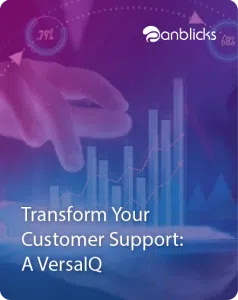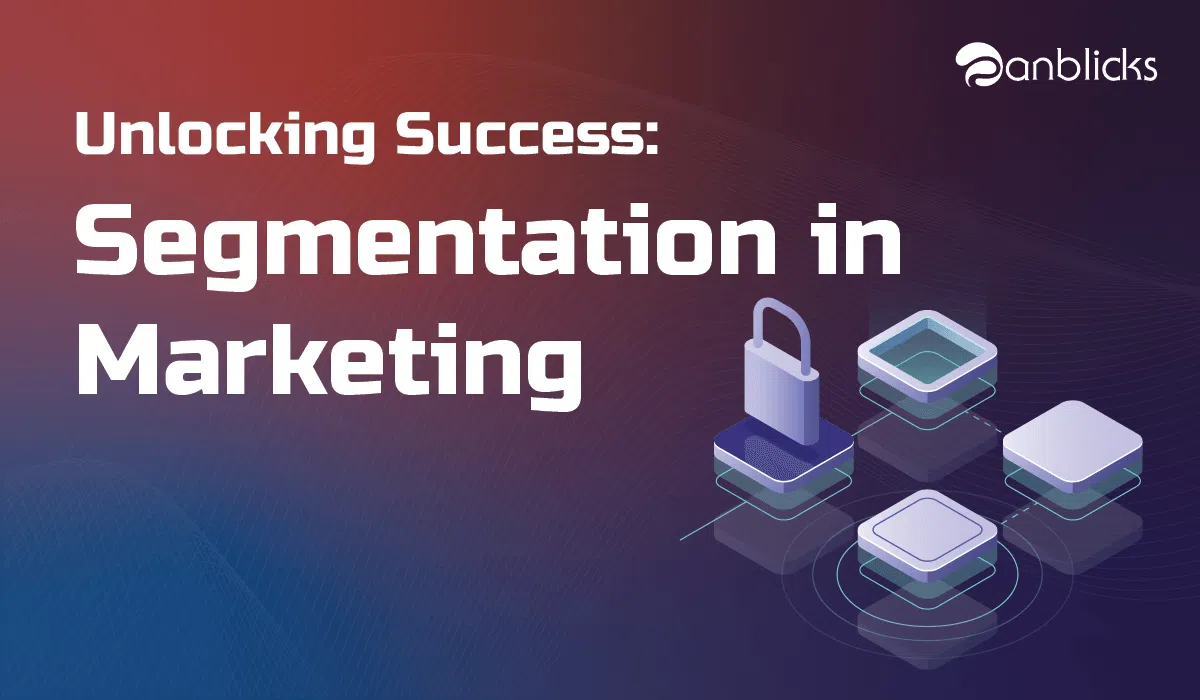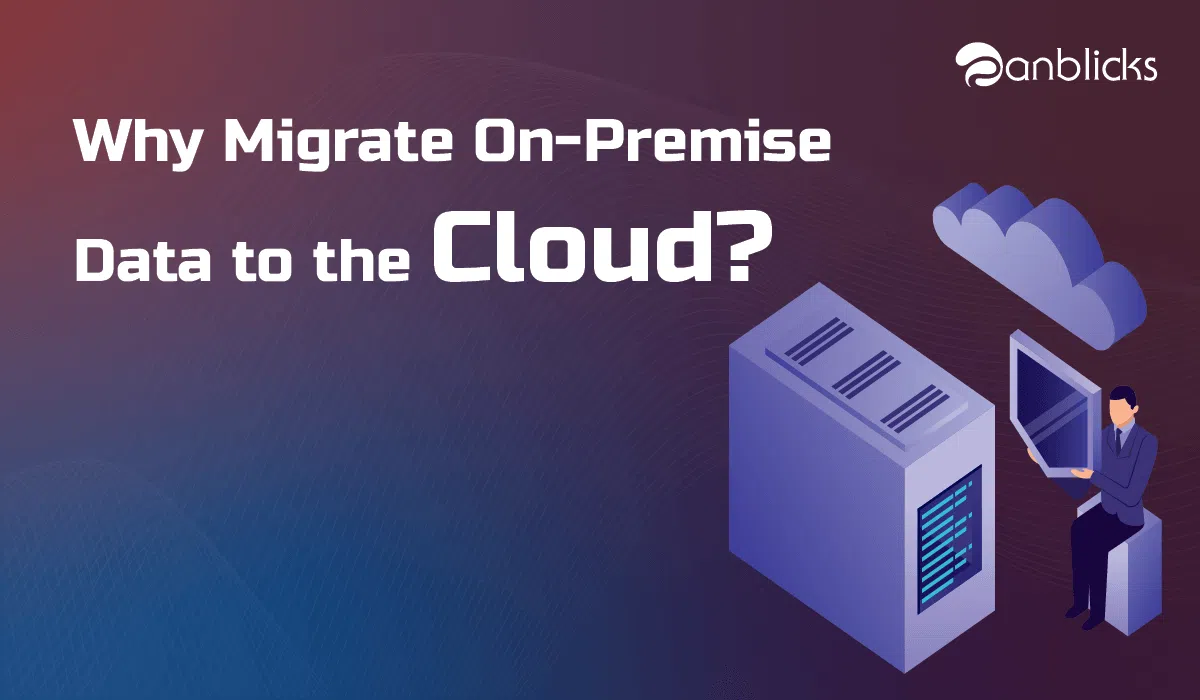- Highlights segmentation for improved audience targeting.
- Explores methods like demographic, psychographic, and behavioral segmentation.
- Emphasizes continuous data analysis for campaign optimization.
There are two key goals for a successful customer segmentation strategy. The first is having the insight into your customer data (by segmenting customers) and the second is having the ability to use these segments to power marketing campaigns. Customer segmentation should translate into outcome driven actions for marketing.
We know that repeat customers are the bedrock of successful business. Segmentation can help identify those customers, who are at the risk of churn. Effective email and social media campaigns can be defined to target such customers and to nurture them into active and repeat customers.
Here are few marketing campaign strategies to target customers leveraging segmentation:
- Welcome Campaigns: To welcome new subscribers/customers to the brand.
- Cart abandonment campaigns: To bring back visitors who have added to basket but not purchased.
- Browse abandonment campaigns: To bring visitors back on-site using products or categories that they’ve viewed.
- Post-purchase campaigns: To follow-up and engage, inform and nurture the next purchase.
- Reactivation campaigns: To turn lapsed or ‘at risk’ customers back into active customers.
You may want to further segment some of the campaigns above to make them more effective. For example, you could try:
- Segmenting your welcome series for new subscribers (who have signed up to your email updates but haven’t bought yet) versus new customers (who have ended up on the email list because of a purchase), making the messaging more targeted for each group.
- Lessening the number of cart/browse abandonment emails that you send loyal, active customers who are likely to come back and repurchase without a reminder.
- Changing your messages in the reactivation campaigns depending on how valuable the customer is.
- Segmenting your reactivation campaigns based on whether the person has been onsite (they’re still ‘warm’) or whether they haven’t engaged with any marketing messages at all.
Whether in broadcast or triggered email campaigns offering customers a perk or discount is a popular way of incentivizing them back onsite to re-purchase.
Since, offering discounts have a bearing on profitability, identifying customers who would buy products without any incentives is also critical goal of segmentation. Segmenting your promotional campaigns will enable you to offer discounts to those who you want to nurture or re-activate but retain the revenue from those who would usually pay full price anyway. For the latter group, ‘deal sweeteners’ like free postage and packing or loyalty rewards can be more effective.
Before launching any discount program, it is essential to perform the break-even analysis. While it is not affordable to offer incredible offers to all of the dormant customers, segmentation will you to target those most valuable to you.

Anblicks is a Data and AI company, specializing in data modernization and transformation, that helps organizations across industries make decisions better, faster, and at scale.




